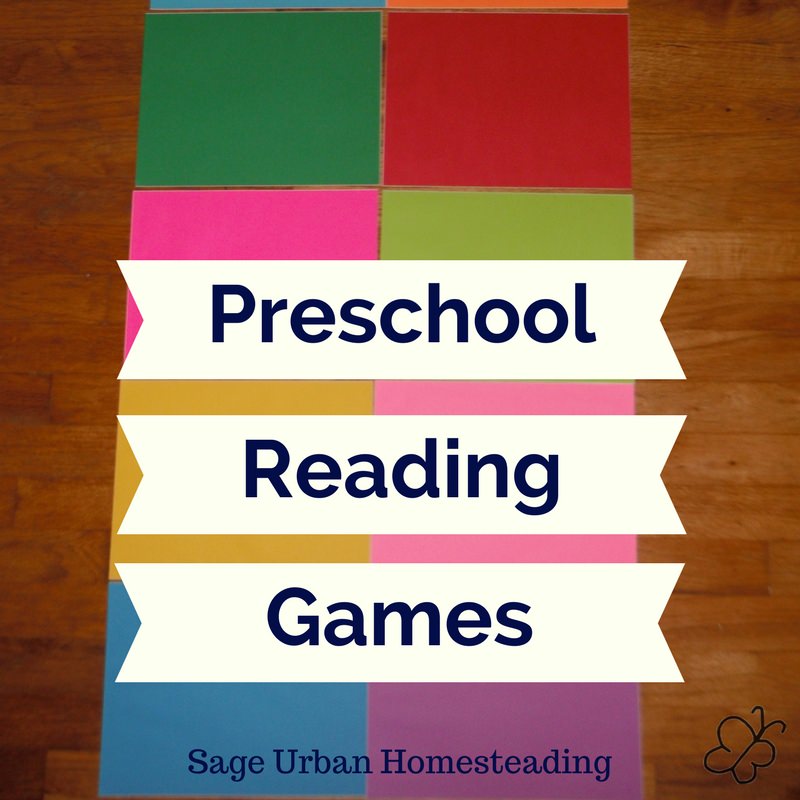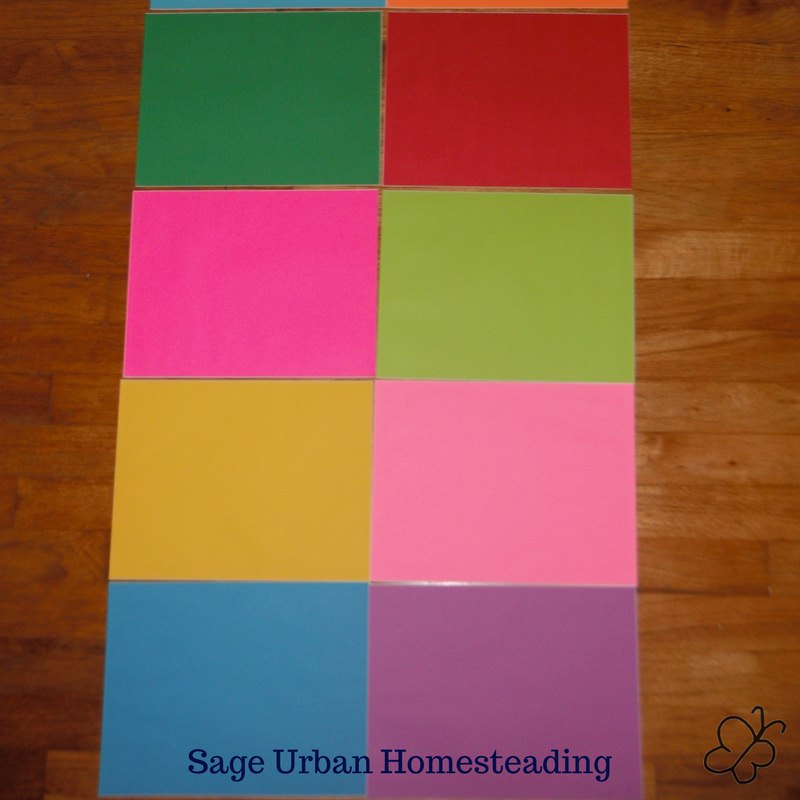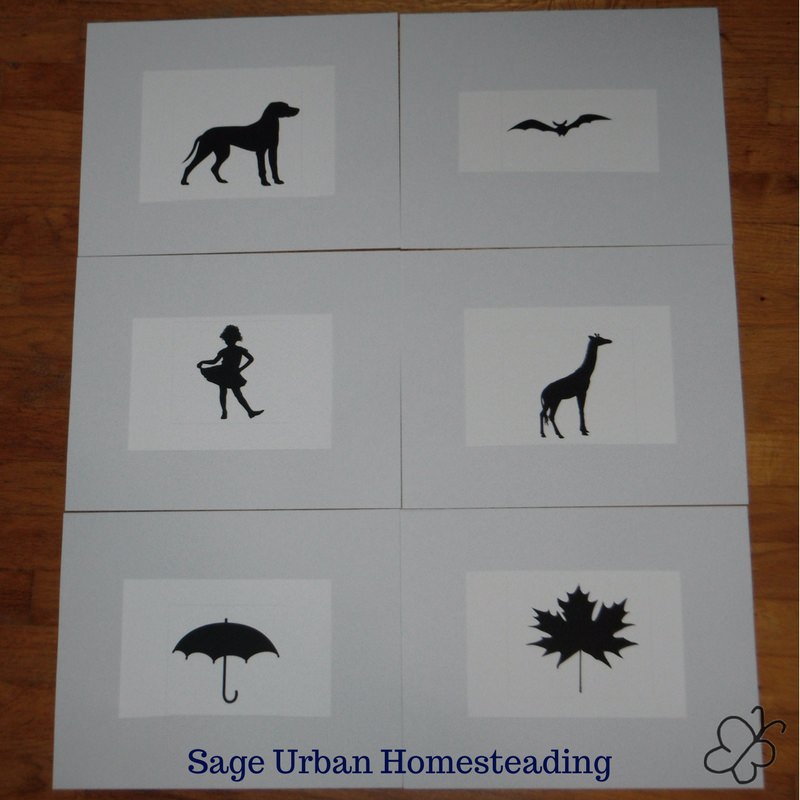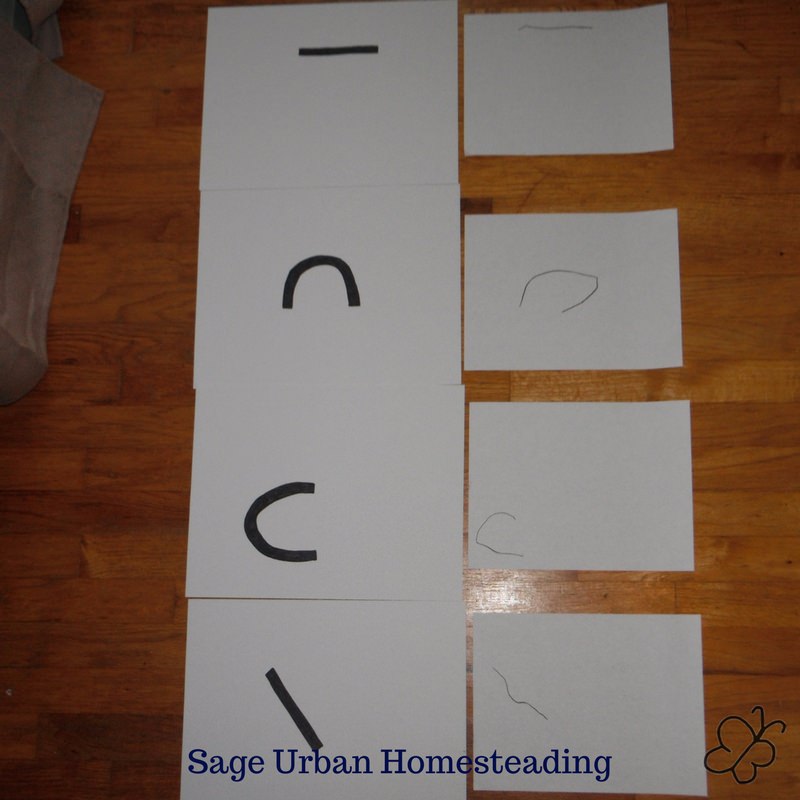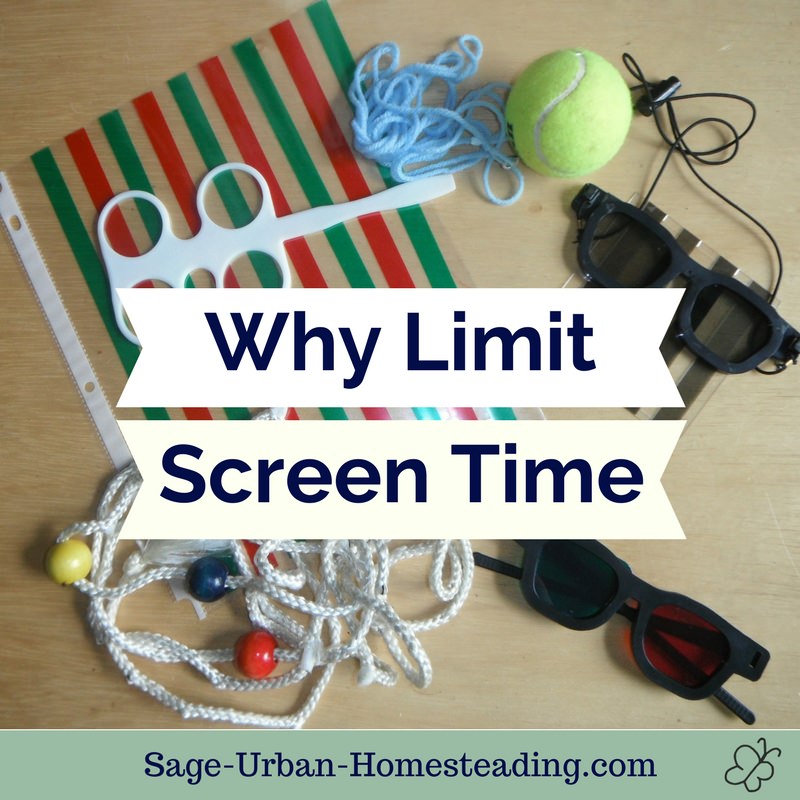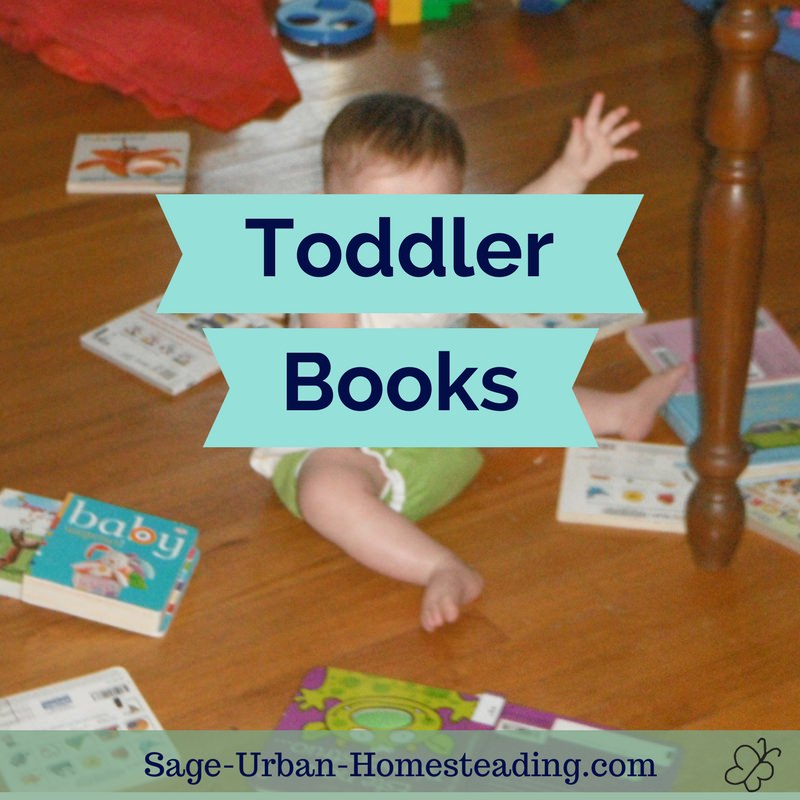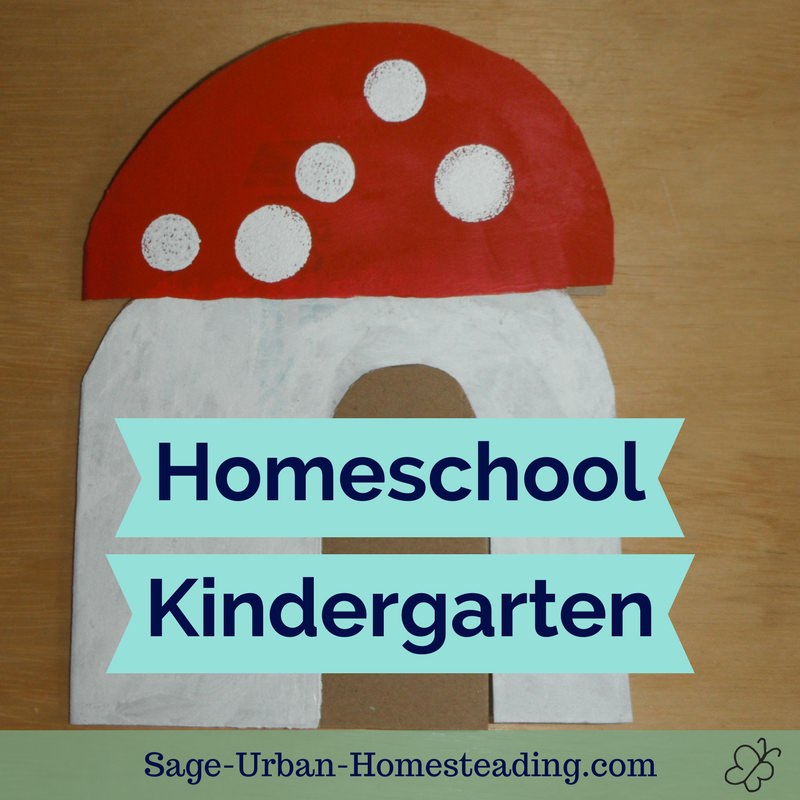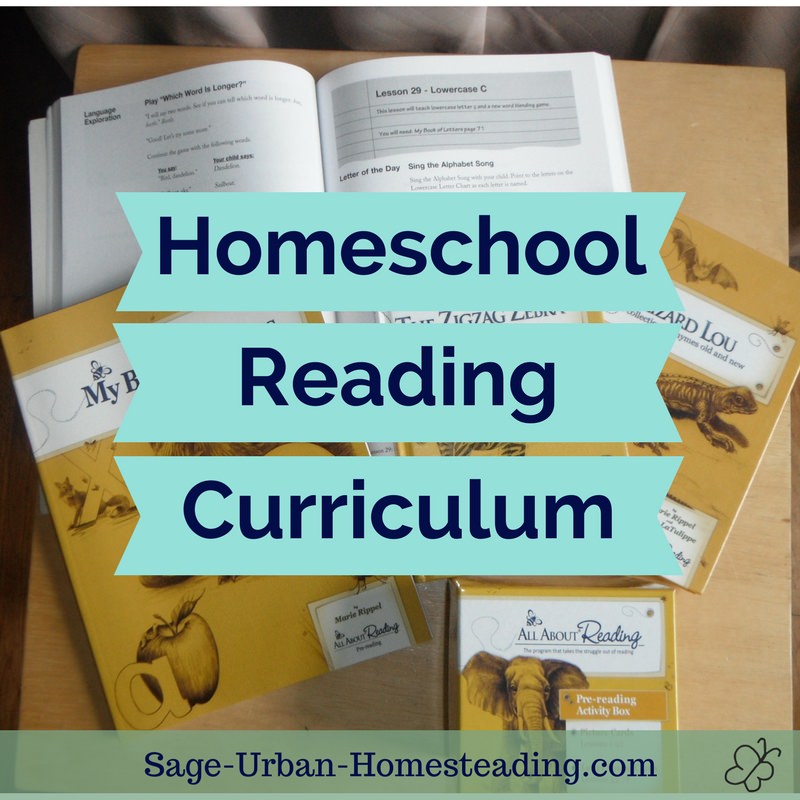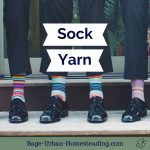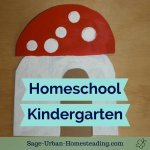FYI: I earn a small commission from some links and advertisements.
Preschool Reading Games
Are you looking for some fun preschool reading games to try? I found some amazing games that develop the basic skills for easy reading and writing.
When a couple of relatives had some reading problems and needed vision therapy, I became very interested in how eyes develop and the process of eye muscle development.
I read several books on the topic, but my favorite by far is Eyes for Learning: Preventing and Curing Vision-Related Learning Problems by Dr. Antonia Orfield
In there she talks about optimal vision development and the work of Edward A. Snapp, Jr., a physical therapist who developed the Snapp reading method.
Unfortunately, he died just before the Internet became a big thing, so there is almost nothing about him available online, only in underappreciated books.
I will attempt to outline the basic steps of his method, but I am sure there are people more qualified. If anyone is out there who was actually trained in the Snapp method, I would love to hear from you!
This is really how we used the ideas and not necessarily the official way to do it.
Our Preschool Reading Games
The first step in reading is to have the body and mind prepared. Think about how much work your eyes have to do moving across the page and how your brain has to process the information.
These preschool reading games, which develop pre-reading skills, are supposed to be mastered in order so the proper skills can develop before you go to the next level.
- Awareness of Light
- Awareness of Color
- Awareness of Shape
- Copying Lines
- Saying Letters
- Copying Letters
... and this is where we have stopped for now although there is more described in Eyes for Learning and Building Better Learners: The Snapp Approach about how to progress to words and sentences.
The same techniques for learning rapid visual processing were also applied to math and are mentioned in the books. We haven't tried that, and probably won't unless we have problems later.
A Note about Storage: I've discovered that a Dura-Tote artist portfolio in the 14" x 20" inch size is the perfect way to store all of our preschool reading games.
1. Awareness of Light
You could start this with a baby, but it doesn't hurt to go over it again with an older child. In a dark room, flash a light in front, to the right, and to the left. The idea is you are stimulating the eye receptors and working on peripheral vision awareness.
In vision therapy, they have a large electronic board hanging on the wall where you touch dots that light up. Some game apps have a similar idea, but it does not really stimulate a wide enough visual field.
We like to have glowstick flashlight nights in the living room in winter when it gets dark early. We wave them around and blink them. It's fun!
2. Awareness of Color
This uses the Snapp idea of holding a gigantic flashcard and flashing it quickly so the paper doesn't seem to move in space. You sort of hold each side in the middle to rotate it down then back up. Practice in a mirror.
For the color game, we use 8-1/2 x 11 card stock with brightly colored paper glued on one side, no border.
To play, I say, "When you see this one, say '(name of color)'." I flash the card briefly and she is supposed to say the word as soon as she sees the color. You are working on connecting the areas of the brain related to visual processing and language production.
It's a bit similar to Montessori's ideas about sensory education and the color cards, isn't it? But I didn't have as many colors to work with as a typical Montessori set would, and the Montessori color cards are much smaller.
3. Awareness of Shape
Use the Snapp card idea again, this time with black silhouettes of common objects. I found a free set on this foreign website and enlarged them to use on 11 x 14 poster board. You only need about 15.
I say, "When you see this, say '(name of object)'," flash the card, and have her say it.
This is not a visual acuity test, this is training the brain to respond quickly about seeing a shape then thinking of what the mouth should say. Sometimes you'll meet someone who has had a stroke and has trouble of thinking of the right words for things. That's exactly what this game works on!
4. Copying Lines
This time the large 11 x 14 poster board cards have one of the nine basic lines used to form letters. The lines are 1 inch thick. The child is 20 feet away with a small table, small stack of computer paper, and large black crayon. The official recommend writing materials were a little different, but my child does ok with holding a crayon and it's what we had.
To play, I say, "Make yours like mine." I flash the card and have her draw what she saw, one card per sheet of paper.
This way the child is naturally picking up on proper spacing, and the paper is large enough so the writing can really flow from the larger muscles.
This game helps the brain connect visual input with a responsive physical movement.
5. Saying Letters
I painted lowercase chipboard letters black and attached them to the white 11 x 14 poster board. (Later we did this activity again with uppercase block letters from the same eBay seller, who I highly recommend.)
We transitioned to this by doing some of the silhouette cards that were animals, and I used the sound. I said, "When you see this, say, '(sound animal would make)'." I then did the same for the letters, borrowing a Montessori idea of teaching letter sounds before letter names.
It's easier for the eyes and brain to learn to process letters when they're presented one at a time, high contrast in a plain font and at a distance so the eye focusing muscles are relaxed.
6. Copying Letters
We built up from copying lines to putting them together into simple and then more complex letters. Again I say, "Make yours like mine" and have her do one per sheet.
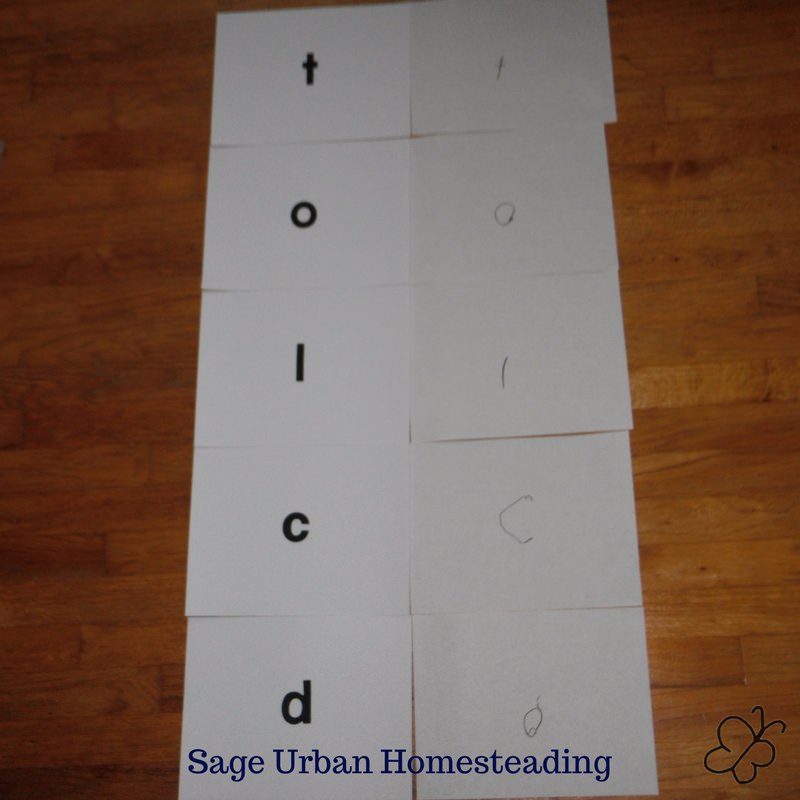 See the card flashed briefly and make the same arrangement of lines (aka a letter) on your own paper. This was at age 4, first time writing letters.
See the card flashed briefly and make the same arrangement of lines (aka a letter) on your own paper. This was at age 4, first time writing letters.These examples are great letters for no letter writing practice, aren't they? The only practice was playing the game before with basic lines. No endless worksheets repeating the same thing over and over. With the right stimulation, it just comes naturally!
And this is where we stopped around age 4-1/2 and took a break until we start our homeschool reading curriculum. My goal with these exercises was not to teach reading but rather to teach visual processing. I wanted to make sure our child had the best chance for developing good reading skills later.
More Preschool Reading Games and Activities
Here are some other fun ways to get ready for reading.
8 Free Letter Recognition Activities (scroll down on page)
Top 5 Reading Readiness Skills and Free Checklist
What are your favorite preschool reading games?
